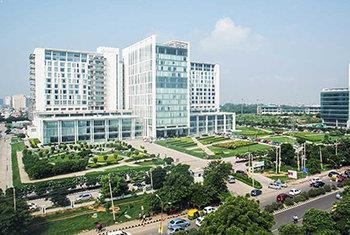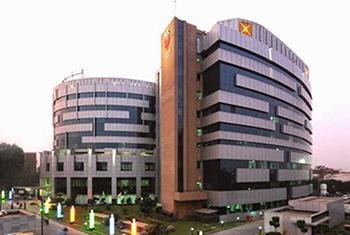Reasons for Australian patients traveling to India for Hip Replacement Surgery
To achieve greater mobility and a higher quality of life, hip replacement surgery is one common medical intervention. When considering this revolutionary procedure, it is critical to consider its medical and financial ramifications:
The Cost Factor
The cost of hip replacement surgery in developing nations like India, on the other hand, offers a reasonable cost of the same surgery being at par with international medical standards and catering to international patients with all provisions necessary for having a comfortable and safe stay in an overseas location.
Listed is the cost of hip replacement surgery in India for reference:
- Single Hip Replacement Surgery Cost in India starts from $3900.
- Bilateral Hip Replacement Surgery Cost in India starts from USD 7000.
- Total Hip Replacement Surgery Cost in India starts from USD 5500.
This cost can be less or more depending upon the hospital, experience of doctors, quality, and type of implant used, and many more parameters.
- Hip replacement surgery is a complicated procedure that should only be carried out by an orthopedic physician with extensive training and expertise.
- It’s an expensive process, particularly in the West. The expense of hip replacements is one of the main reasons that thousands of patients travel to India.
- India offers affordable and high-quality medical treatment, attracting foreign nationals for individualized attention, expert surgery, hygienic hospitals, and no hidden fees. The average cost of medical care in India is almost one-sixth that of developed nations.
State-of-the-art Infrastructure
Due to its access to cutting-edge technology and infrastructure that supports the best medical equipment, India has emerged as a center for orthopedic surgery and that too with no added infrastructural cost.
Skilled Surgeons
The country’s highly qualified and experienced surgeons employ cutting-edge scientific techniques to ensure that their patients heal quickly.
Cost of Caregivers
When it comes to overseas patients, one of the most valued aspects is the availability of caretakers. In comparison to countries such as Australia, the cost is also comparatively modest.
Long Waiting Time
Joint replacement surgery is an expensive procedure, and most of the world’s most prestigious and advanced medical facilities have long waiting lists before accepting patients for the procedure.
On the other hand, the tendency in India is precisely the reverse. There is essentially no waiting period for any kind of joint replacement procedure.
- In Australia, there is still a backlog for some specializations, including orthopedic treatments, which have among of the highest waiting times, despite efforts to catch up on elective surgery activities.
- Waiting periods can be relatively lengthy for non-urgent orthopedic procedures like hip and knee replacements since they are frequently seen as low priority.
- According to data from the Australian Institute of Health and Welfare, the country’s median wait time for orthopedic surgery, which includes hip surgeries, was 77 days for the 2018–19 fiscal year.
- The lengthy wait times in the public system are brought on by the enormous volume of patients and the requirement to prioritize care according to urgency. One will be included on a waiting list for elective procedures like hip replacements, which usually last more than three years in public.
- The cost may also be impacted by the variance in the duration of waiting time:
- Even though using the public system for hip replacement may save out-of-pocket funds compared to the private one, waiting lists for treatments can be very long.
- In contrast, a private patient might have a shorter wait period but a potentially larger out-of-pocket cost for a hip replacement.
A higher waiting time could entail experiencing severe pain for longer periods of time, which lowers the quality of life.
For certain patients, it could also indicate a higher chance of emergency hospitalization because of fractures or a more complicated and expensive hip surgery because of the joint’s deteriorating state.







